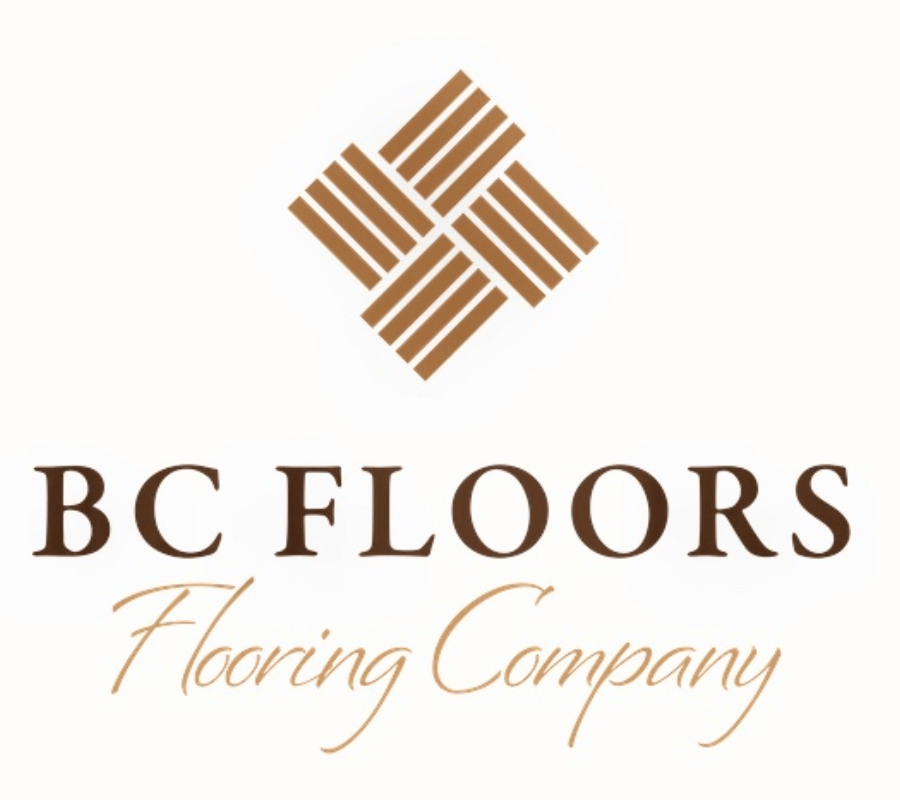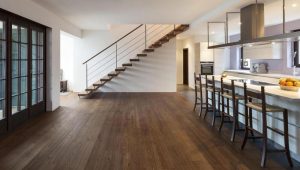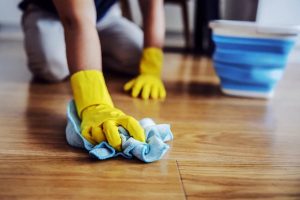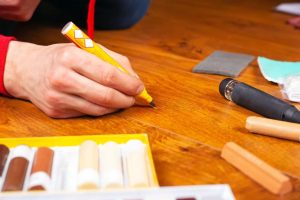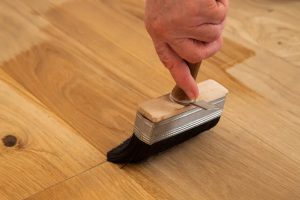Hardwood floors add timeless elegance and warmth to any home, but they are not immune to wear and tear. Scratches on hardwood floors can be unsightly and detract from your property’s overall aesthetic. Fortunately, there are many effective solutions for addressing these imperfections. In this article, we will explore practical hardwood floor scratch repair methods and provide you with the tools and knowledge to keep your floors looking pristine.
Why It’s Important to Fix Hardwood Floor Scratches
Maintaining the appearance of your hardwood floors is crucial, not just for aesthetic reasons but also for preserving the floor’s longevity and value. Scratches can expose the wood to moisture and dirt, which can lead to further damage if left unattended. Addressing these blemishes promptly can prevent the need for more extensive repairs in the future.
Additionally, fixing scratches on your hardwood floors can enhance the overall ambiance and appeal of your living space. Whether you’re planning to entertain guests or considering selling your home, a well-maintained floor can significantly impact first impressions. Prospective buyers may view damaged floors as a sign of neglect, potentially affecting your home’s market value.
Lastly, regularly repairing and maintaining your hardwood floors contributes to a safer environment. Deep scratches and gouges can create uneven surfaces that pose tripping hazards, especially for young children and the elderly. By addressing these issues, you ensure a safe and beautiful home for everyone.
Types of Scratches on Hardwood Floors
Understanding the different scratches is essential for effective hardwood floor scratch repair. Scratches vary in depth and severity, which influences the complexity of the repair process.
Surface Scratches
Surface scratches are the most common type of damage and typically affect only the finish layer of the hardwood. These marks are often caused by everyday activities such as moving furniture, foot traffic, or pet claws. Although they may not penetrate deeply into the wood, surface scratches can dull the floor’s appearance.
Minor Gouges
Minor gouges are slightly deeper than surface scratches and can occur when heavier objects are dragged across the floor. These blemishes may penetrate the wood’s finish, exposing the underlying material. While still relatively easy to repair, minor gouges require more attention than surface scratches.
Deep Scratches and Dents
Deep scratches and dents are the most severe types of damage and can significantly impact the floor’s structural integrity. These imperfections often result from heavy impacts, such as dropping a heavy object or wearing high heels. Repairing deep scratches and dents may require more advanced techniques and materials to restore the floor’s original condition.
Tools and Materials You’ll Need
Successfully repairing hardwood floor scratches requires the right tools and materials. Having everything you need on hand will streamline the process and ensure the best results.
Essential Tools:
- Soft cloths
- Fine-grit sandpaper (120-150 grit)
- Putty knife
- Buffing pad
- Small paintbrush
Materials:
- Wood filler
- Floor wax or polish
- Stain or finish that matches your floor
- Hardwood floor cleaner
Some additional items, such as a vacuum cleaner and a hairdryer, may also be helpful for cleaning and drying the area during the repair process. Depending on the severity of the scratches, you may need to invest in specialized products like a floor repair kit or wood stain markers.
How to Repair Hardwood Floor Scratches
Repairing scratches on your hardwood floors can range from simple to more involved processes, depending on the severity of the damage. Let’s explore different methods to address these imperfections.
Quick Fixes for Light Surface Marks
For minor surface scratches, a simple buffing process can often restore the floor’s appearance. Start by cleaning the area with a soft cloth and a hardwood floor cleaner to remove any dirt or debris. Next, use a fine-grit sandpaper to gently sand the scratch, taking care not to remove too much of the finish.
After sanding, apply a small amount of floor wax or polish to a clean cloth and buff the area in a circular motion. This will help blend the scratch with the surrounding finish. If needed, apply a matching stain to the scratch before polishing to ensure a seamless repair.
Repairing Medium and Deep Scratches
While many scratches can be repaired with DIY methods, sometimes professional hardwood floor scratch repair ensures the best results for deep scratches or complex damage. Experts have the right tools and experience to handle severe issues efficiently. Medium and deep scratches require more attention and may involve filling the damaged area with a wood filler. Begin by cleaning and sanding the scratch as you would for a surface mark. Once the area is prepped, use a putty knife to apply the wood filler to the scratch, smoothing it out to match the floor’s surface.
Allow the filler to dry according to the manufacturer’s instructions before sanding it smooth with fine-grit sandpaper. Finish by applying a matching stain or finish to blend the repair with the rest of the floor. Buff the area with a soft cloth to restore the floor’s shine.
When to Call a Professional
While many scratches can be repaired with DIY methods, sometimes professional hardwood floor scratch repair ensures the best results for deep scratches or complex damage. Professionals have the right tools and expertise to address severe issues efficiently, including deep gouges, dents, or areas with extensive wear.
Hiring a specialist can save time and prevent further damage, ensuring your floors are restored to their original condition and maintaining the beauty and value of your home.
How to Prevent Future Scratches
Preventing future scratches on your hardwood floors is key to maintaining their beauty and functionality. Implementing simple preventative measures can save you time and effort in the long run.
Tips for Prevention:
- Use rugs or mats in high-traffic areas to reduce wear.
- Place felt pads under furniture legs to prevent scratches when moving.
- Trim pet nails regularly to avoid claw marks.
- Avoid high heels on hardwood floors to minimize dents.
Regular maintenance, such as sweeping and cleaning, can also help prevent scratches by removing dirt and debris that can cause abrasion. By adopting these practices, you can enjoy the elegance of your hardwood floors for years to come.
Conclusion
Hardwood floors are a stunning addition to any home, but they require care and attention to maintain their appeal. By understanding the types of scratches and using effective hardwood floor scratch repair techniques, you can restore your floors to their original glory. Whether you choose to handle the repairs yourself or enlist a professional, keeping your hardwood floors in top condition is an investment in your home’s value and beauty.
